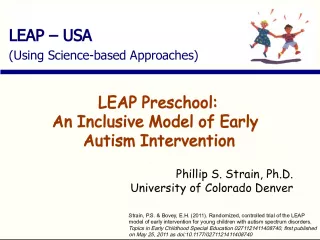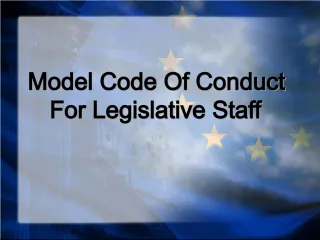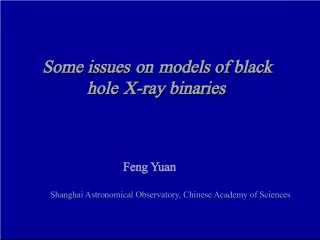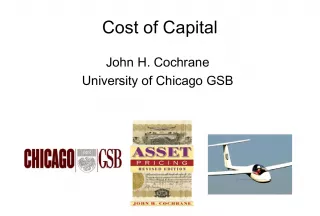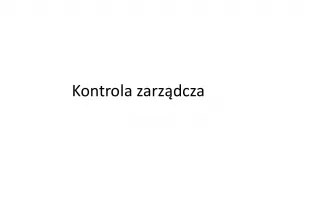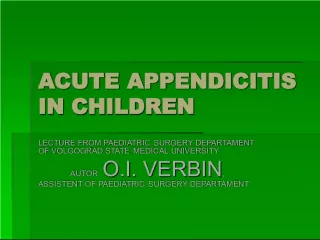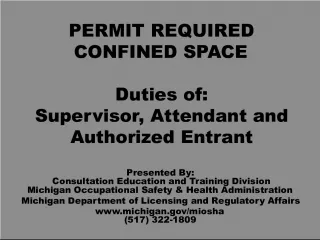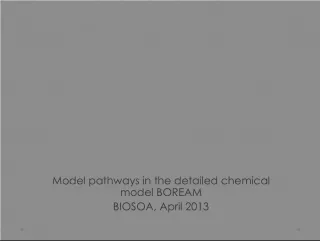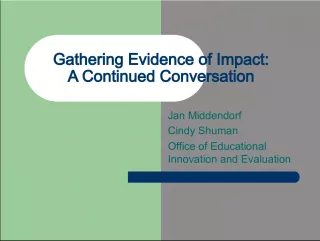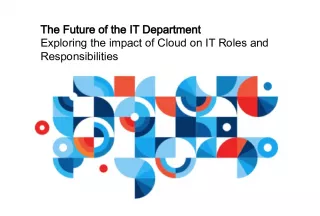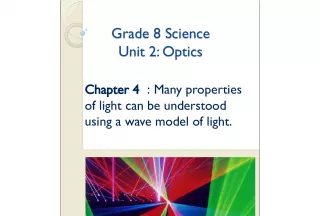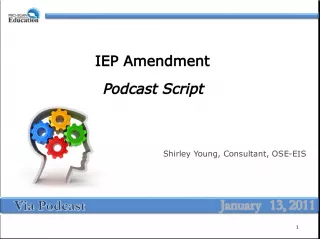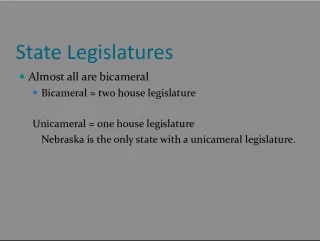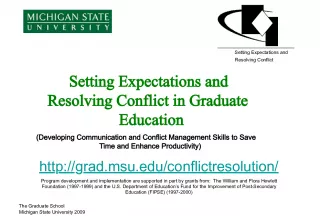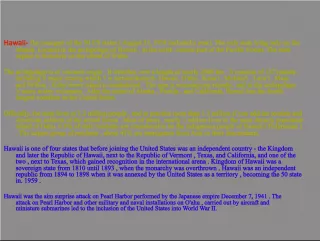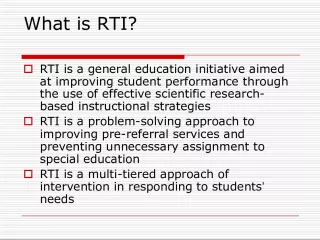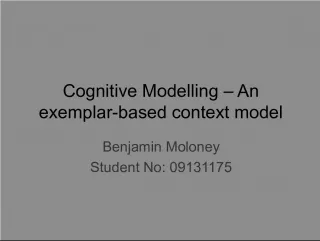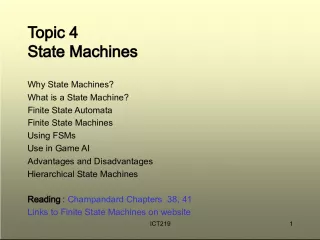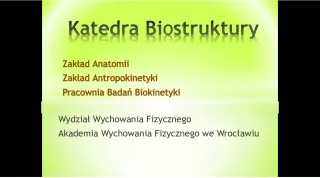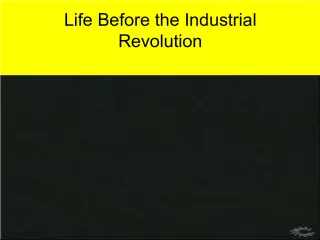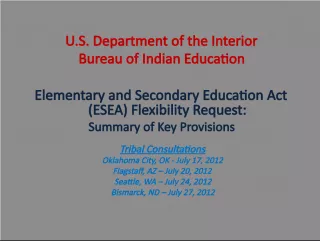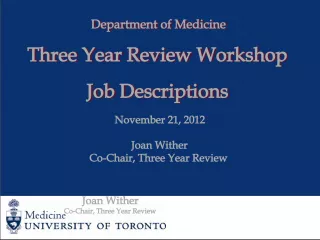New Model of Tiered Intervention Required by State Department


The Response to Instruction and Intervention policy will be used to identify students with specific learning disabilities as of July 1, 2014. The model aims to achieve growth and faster progress for all students, especially those who are lagging behind.
- Uploaded on | 6 Views
-
 sophie
sophie
About New Model of Tiered Intervention Required by State Department
PowerPoint presentation about 'New Model of Tiered Intervention Required by State Department'. This presentation describes the topic on The Response to Instruction and Intervention policy will be used to identify students with specific learning disabilities as of July 1, 2014. The model aims to achieve growth and faster progress for all students, especially those who are lagging behind.. The key topics included in this slideshow are . Download this presentation absolutely free.
Presentation Transcript
Slide1A NEW MODEL OF TIERED INTERVENTIONREQUIRED BY THE STATE DEPARTMENT AS OF JULY 1, 2014. PRESENTED BY JESS GRAYUM Response to Instruction and Intervention (RTI²)
Slide2Policy Change As of July 1, 2014, RTI² will be the framework used by teams to identify a student with a Specific Learning Disability. Final reading approval from State Board of Education was June 21, 2013.
Slide3Two Overlapping Objectives3 and Growth for all students, every year Faster growth for those students who are furthest behind
Slide4Beliefs4 Every student can learn, demonstrate growth, and has the right to actively participate in high quality, research-based education that maximizes their potential in the least restrictive environment. Specialized education is a continuum of services, not a place. Relationships with all stakeholders, based on respect and understanding will result in making decisions in the best interest of ALL students.
Slide5Beliefs Every staff member has the responsibility to teach, support and encourage ALL students. Strong leadership at every level is the foundation of a collaborative and inclusive environment that supports ALL students. High quality professional learning in conjunction with family and community support, empowers all stakeholders to collaboratively build capacity for the success of ALL students.
Slide7Tier I
Slide8Re-teachingRe-teaching Intervention Intervention Tier I-Common Core Standards Goal is to reteach standards that students are struggling with rather than specific skill deficits. These are your “bubble kids”. Standards Based Assessment: Benchmark Assessment Summative Assessment Formative Assessment Tier II/III/Special Education Intervention Goal is provide research based interventions aligned to specific skill deficit(s) as identified by a universal screener. Skills Based Assessment: Skills based universal screener aligned to area(s) of deficit Skills based Progress Monitoring specific to area(s) of deficit Formative assessment 8 Re-teaching VS. Intervention
Slide9Tier II
Slide10Tier II Interventions A change in intervention will be considered within each tier before moving to the next tier of intervention. 8-10 data points (if progress monitoring every other week ) OR 10-15 data points (if progress monitoring weekly ) are needed to make a sound data based decision. Number of data points reflects empirical research required to make an informed data based decision. The intervention must have empirical evidence supporting its use in remediating the area of suspected disability (i.e., Basic Reading Skills). A skills based progress monitoring tool must be able to provide evidence that the student did not make a sufficient amount of progress in the area of deficit.
Slide11Tier III
Slide12Students may immediately require Tier III intensive intervention. If students are below the 10 th percentile or 1.5 to 2.0 grade levels behind. Your data team should make these decisions on an individual basis. Students who are immediately placed in Tier III level intervention must receive the minimum number of recommended minutes of intervention. The purpose of immediately placing a student in Tier III intervention is to increase the intensity of the intervention, not to shorten the duration of the intervention period. What does Student Data Imply?
Slide13Tier III Interventions A change in intervention will be considered within each tier before moving to the next tier of intervention. 8-10 data points (if progress monitoring every other week ) OR 10- 15 data points (if progress monitoring weekly ) are needed to make a sound data based decision. Number of data points reflects empirical research required to make an informed data based decision. The intervention must be more intense than the intervention provided at Tier II. A skills based progress monitoring tool must be able to provide evidence that the student did not make a sufficient amount of progress in the area of deficit.
Slide14Initial Evaluation for SpEd If data indicates a student’s progress is not sufficient, then the team may obtain Notice and Consent for Initial Evaluation. The team must complete all evaluations and establish the student’s eligibility for service within the initial evaluation timeline. The student will remain in intervention and will continue to be progress monitored while the requested evaluations are being completed. All information collected including the student’s responsiveness to intervention will be a part of the student’s eligibility determination.
Slide15Specific Learning Disability
Slide16Re-Evaluations for SLDAs of July 1, 2014: All re-evaluations for students with a Specific Learning Disability will be grounded in progress monitoring data . Existing data including ongoing assessments of progress and focused/diagnostic evaluations will be reviewed through the Re- evaluation Summary Report to determine if additional information is needed. A gap analysis will be completed and the student’s ROI will be calculated in order to determine the amount of services/intervention required to close the achievement gap. The level of service required (special education versus general education) will be used to negate or substantiate continued eligibility.
Slide17Parent Requests an Evaluation? The team must complete the agreed upon components of the evaluation within the initial evaluation timeline. The student may be eligible for services as a student with a Specific Learning Disability based only on the RTI² Framework. No option to use discrepancy model. If the team lacks sufficient evidence to establish the student’s eligibility for services: the team may agree to request an extension of the evaluation timeline. OR the student will be made ineligible until sufficient data can be collected.
Slide18Implementation Guide Provided as a Resource from the TNDOE Example schedules Sample forms Universal Screener and Intervention Rubrics Guidance for data based decision making Gap analysis and Rate of Improvement
Slide19Special Education is the most IntensiveIntervention! Special Education Interventions: The student will remain in core, differentiated instruction (Tier I) within the general education curriculum to the greatest extent possible . The same problem solving approach used in the general education RTI² framework will be used in special education. Interventions will be tailored to the student in the area of identified disability, and progress toward their IEP goals will be monitored weekly or every other week. If students fail to respond to interventions provided through special education, an IEP team meeting will be reconvened.
Slide20Special Education is the most IntensiveIntervention! After the team determines an area of deficit, the student will receive a research based intervention in his or her specific area of need . Students will receive progress monitoring in the area of deficit and parents will be notified. Students receiving special education intervention will receive their intervention outside of core instruction to the greatest extent possible . Special education intervention will be the most intensive interventions provided. Students may receive intervention from special education and general education at the same time. Focus on the data! EA’s are used to help children access the core instruction. They are not the intervention .
Slide21Dismissal from Special Education Students may move from special education interventions to general education interventions if there is sufficient evidence to suggest that the student no longer needs special education services. Movement from special education to general education will be supported by multiple sources of data including ROI, gap analysis, evidence of meeting IEP goals, and student need. The goal is for all students to be served at their level of need within the Least Restrictive Environment. The team will use the Re-evaluation Summary Report to gather all sources of information and make an eligibility determination.
Slide22Resourceswww.TNcore.org RTI.questions@tn.gov www.TNSPDG.com Follow RTI² on Twitter @TnRti2
